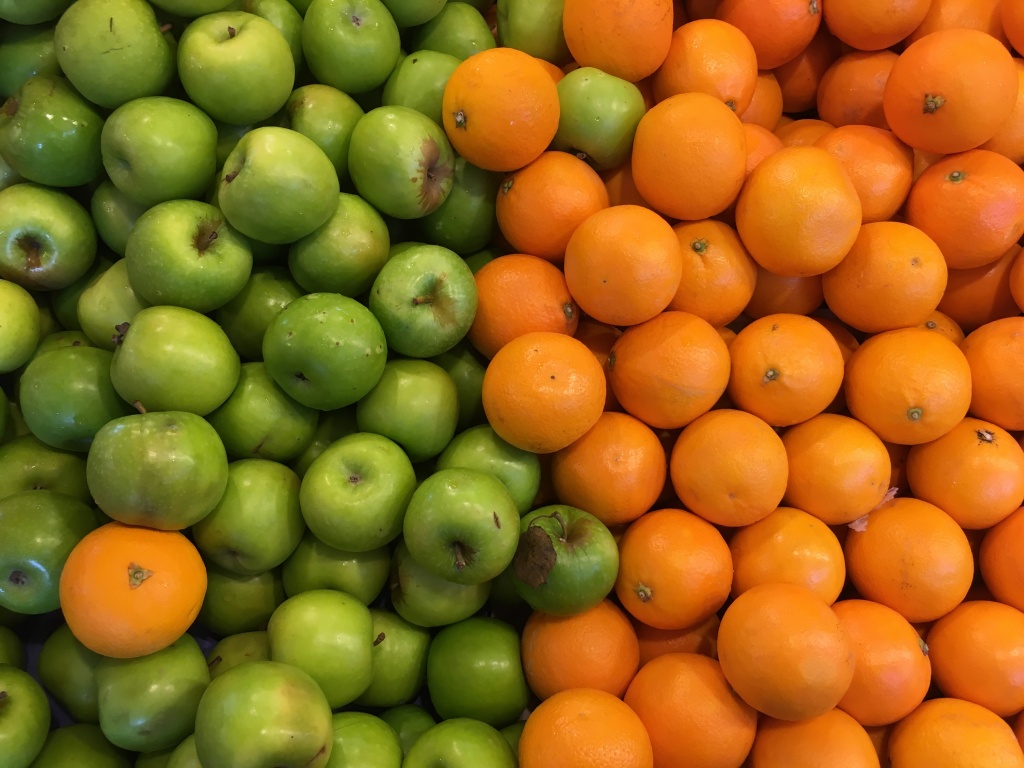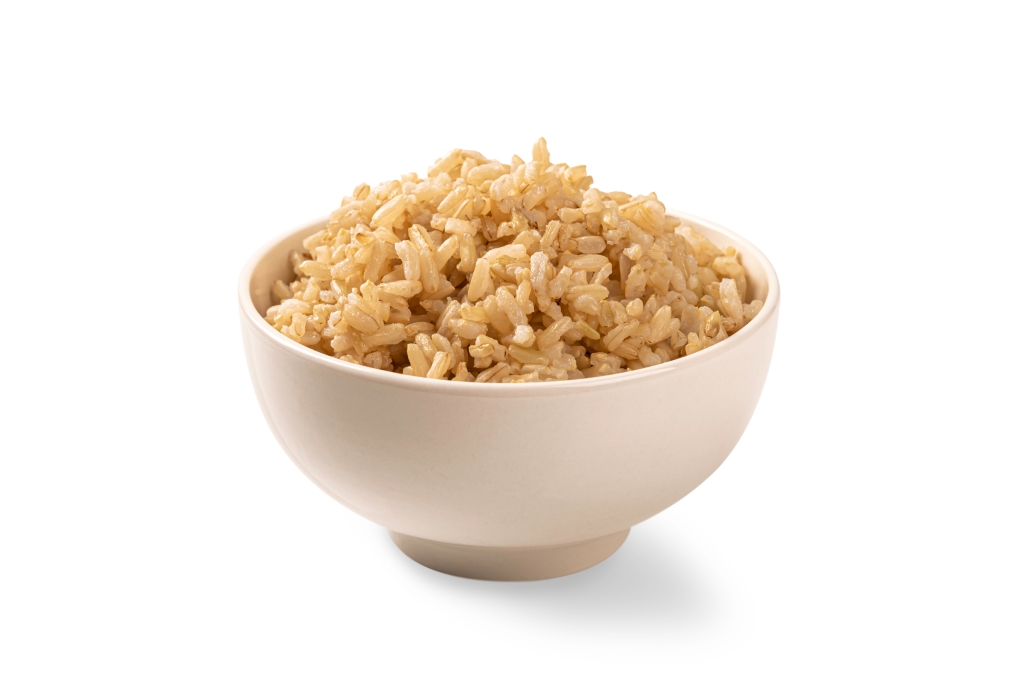Cupboard staples can ‘slash risk of deadly disease’: doctor
Eating common kitchen cupboard staples could lower your risk of deadly illness, experts have found.
Coronary heart disease (CHD) is a leading cause of death in the UK, with 64,000 people each year dying from the condition.
That’s around one person every eight minutes – with men being at a higher risk than their female counterparts.
Now medics in Uzbekistan have revealed that certain foods you might have lurking at the back of your shelves could help heart patients lose weight and in turn protect them from blood pressure spikes.
Writing in the European Society of Cardiology, doctors said eating food low on the glycaemic index (GI) would be beneficial for those diagnosed with CHD.
Foods in the GI are ranked according to how fast they affect blood sugar levels.
If you have a poor diet, it’s likely these levels go through spikes every day and having a healthy relationship with food is one of the key ways to both prevent and manage CHD.
Foods that are high in GI include white bread, white rice, potatoes and sweets.
The experts found that those who ate low GI foods, which are digested more slowly and gradually raise blood pressure – were better off.
These foods include:
- Oats
- Brown rice
- Wholegrains
- Kidney beans
- Lentils
- Chickpeas
- Pulses
- Fruits like apples and oranges
- Vegetables such as broccoli and leafy greens

The experts added that foods such as meat, poultry and fish do not have a GI rating because they do not contain carbohydrates.
The medics prescribed 160 patients aged 38 to 76 years old, to three months of either a low GI diet or routine diet.
Those in the low GI group consumed the food listed above and excluded high GI foods – but still ate their normal levels of proteins and fats.
Those in the routine diet were advised to consume the recommended diet for coronary artery disease which limits fat and some proteins such as whole milk, cheese, meat, egg yolks and fried foods.

After three months, all body measurements had decreased within both groups – but the changes were only significant in the low GI group.
Those on the low GI diet had significant reductions in Body Mass Index (BMI) and waist circumference.
A BMI between 18.5 and 25 kg/m² indicates a normal weight.
BMI declined by 4.2 kg/m2 in the low GI group compared to 1.4 kg/m2 in the routine diet group.

Waist measurements decreased by 9cm in the low GI group compared with 3.3 cm in the routine diet group.
Dr. Jamol Uzokov of the Republican Specialised Scientific Practical Medical Center of Therapy and Medical Rehabilitation in Uzbekistan said further studies would need to be carried out to confirm the findings.
The study author added: “Our research indicates that emphasizing low GI foods as part of a balanced diet could help patients with heart disease control their body weight and their waistline.”
This story originally appeared on The Sun and was reproduced here with permission.
Read the full article Here


